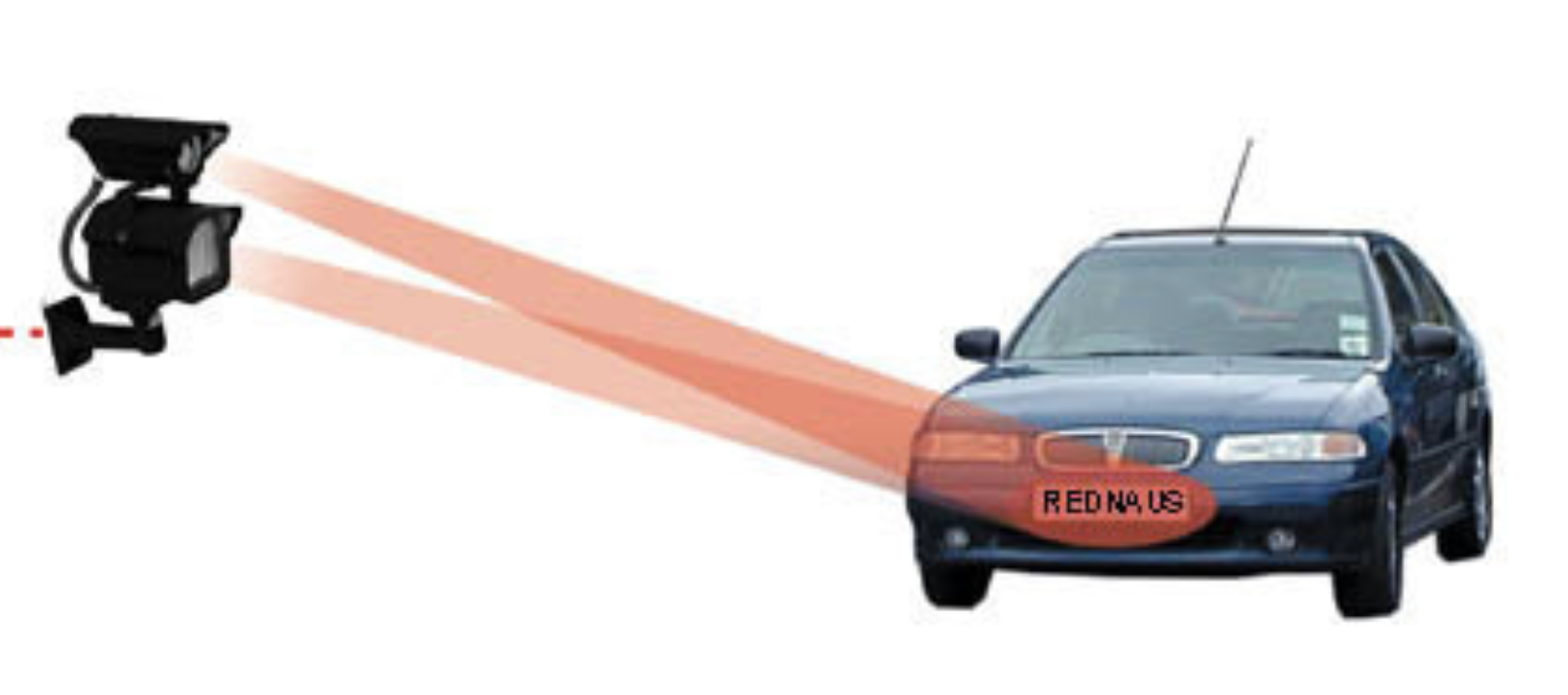Welcome to the Automatic number-plate recognition project! We are team Innovators.
Reach us through LinkedIn:
The goal of this project is to showcase applied machine learning particularly image detection to solve ordinary problems. In these case, we want to use applied machine learning as car and plate detection that will replace the use for fob, a small pocket device in opening door, gates and car garages.
With the car and plate detection, we want to use the camera system instead, which most homes and apartments have installation already.
Use of image detection and recognition using Deep Learning.
Task (T): Recognized vehicle license plate if registered or unregistered to gain access in entering to a premise.
Experience (E): Detection and Recognition system.
Performance (P): Classification accuracy, the number of car plates read correctly.
The knowldge we gain through this project is our primary motivation as a means of learning exercise. We want to explore methods that we are not yet familiar with in order to learn new skills.
Secondly, it will be a great solution and a good substitute of the tradional fob system to gain access. No-more hassle of bringing extra hardware kit that most of us can misplaced sometimes.
-
SUN397.tar.gz3GB of background images from the SUN database. The tar file (36GB) can be downloaded here. This step may take a while as it consists of 131,067 images.
-
UK Number PlateProbably the UK's most popular number plate font. As used by the DVLA (gov.uk), HPI, Aviva, EuroCarParts and many more. It can be download here.
Neurons are kinda similar to logistic regression.
To train any neural net a set of training data along with correct outputs must be provided. In this case this will be a set of 128x64 images along with the expected output. Here’s an illustrative sample of training data generated for this project:
However, the system does not always work well. Here is the failed example:
Click here to download the pretrained model weights.npz.
-
scikit-learn
Scikit-learn is a free software machine learning library for the Python programming language. It features various classification, regression and clustering algorithms including support vector machines, random forests, gradient boosting, k-means and DBSCAN, and is designed to interoperate with the Python numerical and scientific libraries NumPy and SciPy.
-
TensorFlow
TensorFlow is an open-source software library for dataflow programming across a range of tasks. It is a symbolic math library, and is also used for machine learning applications such as neural networks.
-
OpenCV
OpenCV (Open Source Computer Vision Library) is released under a BSD license and hence it’s free for both academic and commercial use. OpenCV was designed for computational efficiency and with a strong focus on real-time applications.
-
NumPy
NumPy is a library for the Python programming language, adding support for large, multi-dimensional arrays and matrices, along with a large collection of high-level mathematical functions to operate on these arrays.









